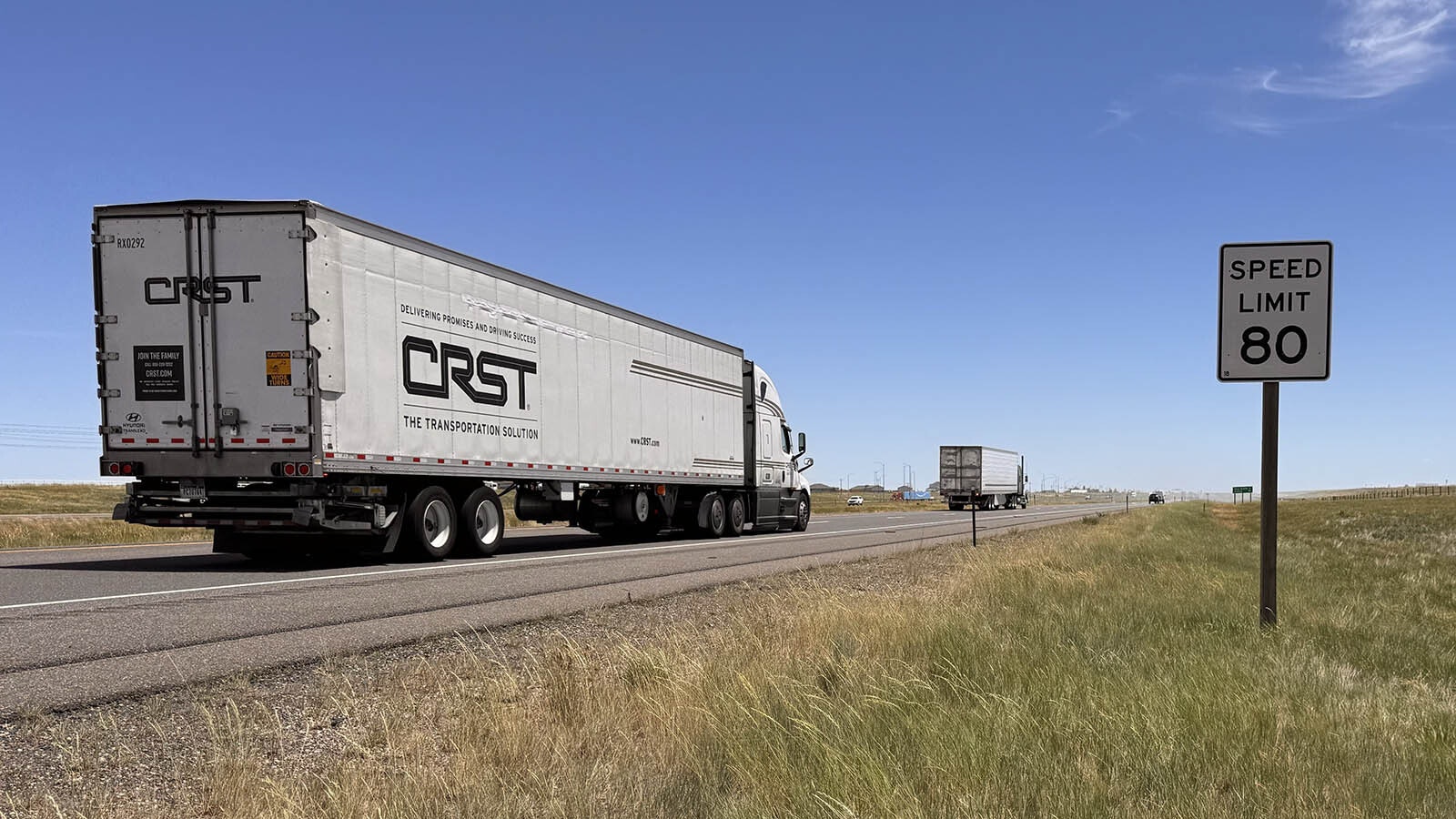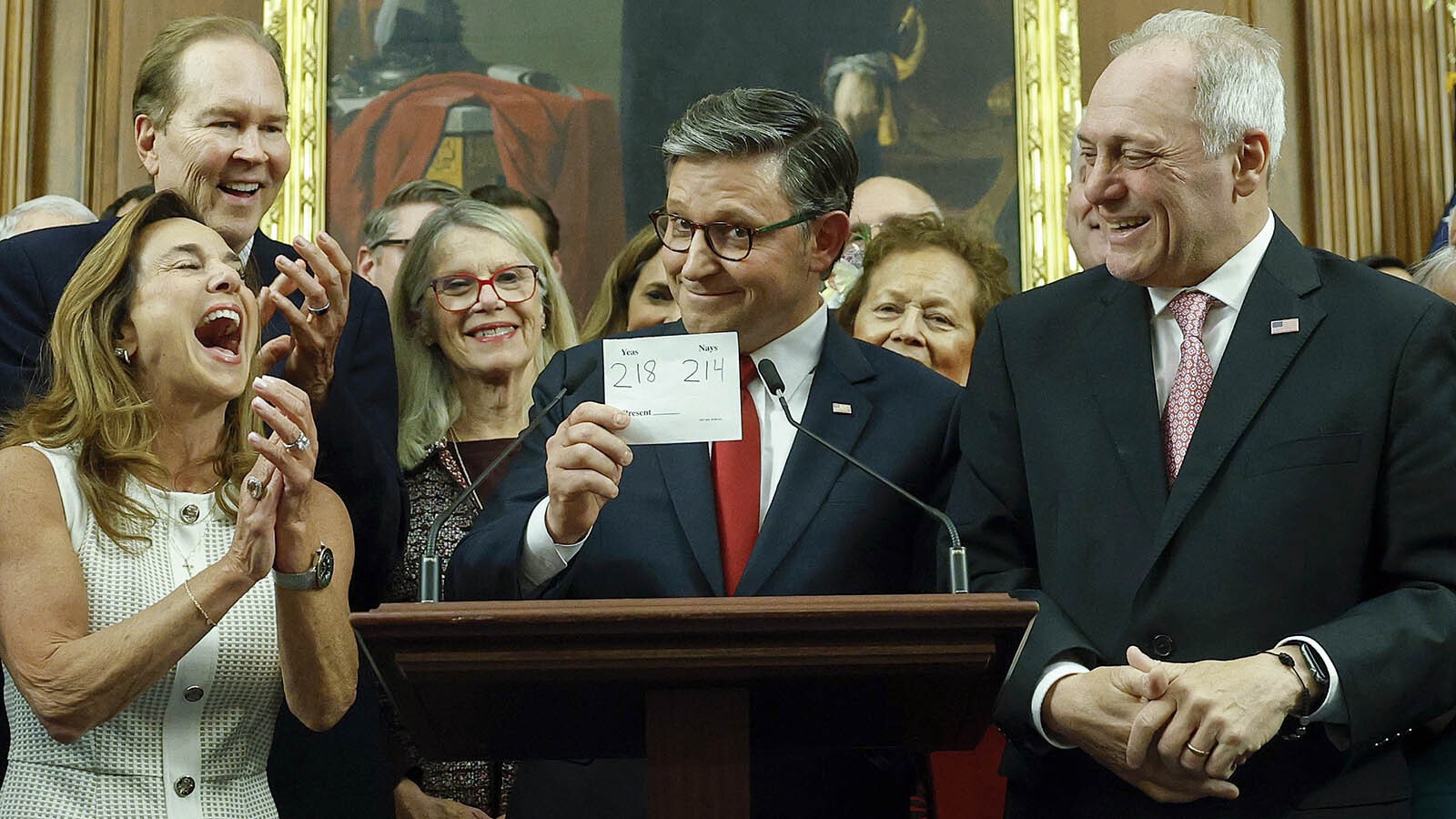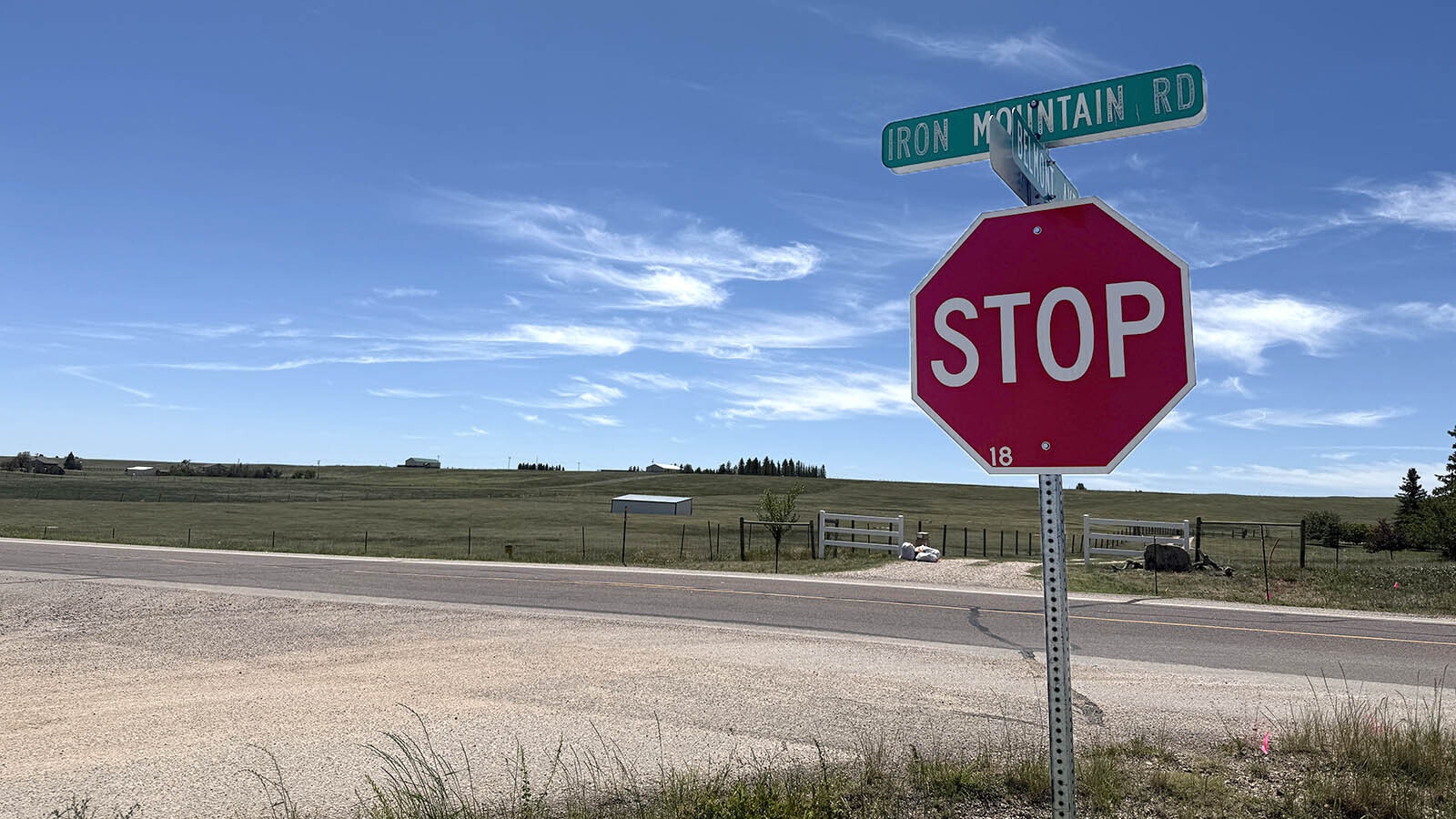Building Wyoming’s biennial budget is a months-long process for the Wyoming Legislature involving hundreds of hours of discussions and mind-numbing number crunching.
When presenting the final $11.1 billion budget that was eventually passed by the Legislature last Friday, state Sen. Tara Nethercott, R-Cheyenne, said it represented $10.6 billion in spending, which both Senate President Ogden Driskill, R-Devils Tower, and House Speaker Albert Sommers, R-Pinedale, intimated they agreed with in a press release that came out later that day.
During the Senate budget discussion, however, some questioned just how much is being spent and how much money Wyoming is saving — and the questioning continues a week later.
Some in the Wyoming Freedom Caucus, like its chairman Rep. John Bear, R-Gillette, have argued that the budget represents as much as $11.5 billion in spending, and told Cowboy State Daily it’s “very unfortunate we hear a lot of different things” about it.
“There’s a lot of smoke and mirrors, and it’s truly by design,” he said. “It’s designed that way so people can say whatever they want about the budget.”
Although these debates may seem rather pedantic and possibly a matter of semantics on the surface, they represent a difference of nearly $1 billion in public money and could highly influence perception of the Legislature entering the upcoming election season.
Saving Counts As Spending
Nethercott explained that the budget is a highly dense fiscal project involving many different moving parts that don’t become concrete until signed off on by the governor.
She and Don Richards, budget and fiscal administrator for the Legislature, said the $10.6 billion total reflects flat spending without counting the $375 million put into savings, which is typically considered an expenditure in the Wyoming Legislature.
“How a government does accounting is different from how a business would do theirs,” Nethercott explained. “A transfer of appropriations appears as appropriations.”
A specific example of this within the accounting is a $31 million expenditure within the Wyoming Military Department. This actually reflects the spending of $15.5 million of general fund money to buy land that the state already owns, proceeds of which will then be transferred to the School Foundation Program.
“We’re taking $15 million from one pocket, putting it in another pocket, but in that $11.1 billion (total) it shows up as spending $30 million,” explained Rep. Clark Stith, R-Rock Springs.
Nethercott said Wyoming state government typically makes $1.2 billion in transfers per year. This year that total is about $1.3 billion.
The Wyoming Constitution also requires that revenue from the state’s 1.5% severance tax be dumped into the Permanent Wyoming Mineral Trust Fund savings account, which is not reflected anywhere in the budget. There’s also an additional 1% statutory severance tax. Stith said when considering these two savings, about $700 million will be put into savings for the upcoming biennium.
What Do The Budget Analysts Say
Richards said the exact cost of the budget as he views it is $11.03 billion. Of this total, $3.4 billion is coming from the state’s general fund, which is supported by tax dollars. The remainder includes various savings accounts and federal dollars. He said the budget as he views it also includes $170 million of discretionary transfers to savings.
Bear said he views the budget as putting $600 million to $700 million into savings, which he believes as a grand total amounts to a wasteful use of money when considering only up to $234 million will be devoted to property tax relief.
“The leadership continues to believe that putting the taxpayers’ money into their own savings account is better than leaving it in the hands and pockets of the taxpayers,” he said.
Richards said transfers to intermediate or long-term savings accounts are still counted as spending as far as his department is concerned within the budget. But he also said considerable double counting occurs within the budget when referring to the spending of “all funds” for programs such as employer paid health insurance and motor pool rates. When removing double counting, he said the budget could be considered as low as $9.7 billion.
Richards said it’s likely some are arriving at the $11.5 billion figure by combining the $234 million general fund cost of all the other bills passed during the 2024 session with the budget. A total of 55 bills, including the budget, are sitting on Gov. Mark Gordon’s desk for consideration.
Bear said these other bills should be considered as part of the overall budget.
“When you look at all-in spending, you’ve got to look at everything we passed,” he said.
As far as the $10.6 billion number offered by Nethercott, Richards said one could also theoretically exclude $416 million in “enterprise funds,” which largely pertains to the state purchase of liquor subsequently distributed to state liquor stores, bars and restaurants, which is then returned.
Stith said he agrees with the $11.03 billion figure.
“Don (Richards) is amazing, he’s never wrong,” Stith said. “He’s nonpartisan, he’s so even-handed.”
Prior Year’s Money
Another factor in the budget calculations is the use of money budgeted from prior years’ budgets to be reappropriated for the upcoming budget, a process known as “reversions.”
Richards said there are $244.5 million in reversions included in the biennium budget just passed. In addition, $45 million in unused money from the governor’s energy matching funds program was unofficially reappropriated for other purposes.
Bear said all of this money should be counted as spending.
“Those monies that have been reappropriated have been ignored, and they shouldn’t be,” he said. “They’re being reappropriated so they’re going to be in the budget.”
Transparency
The budget discussions during this year’s legislative session were neither easy to understand nor transparent for the general public to understand.
A total of around 125 amendments were considered during the second Joint Conference Committee meeting to square up differences between the House and Senate budgets. None of these amendments were ever posted to the Legislature’s website or widely distributed to the public by paper, both measures Stith said he would support moving forward.
“It wouldn’t make it any less complicated but at least everyone could see it if they wanted to,” he said.
How Did It Turn Out?
The Freedom Caucus has taken a relatively negative tone to the budget that was passed.
“The uniparty and their allies in the media don’t want you to know how much was just spent in Cheyenne – and how much of it was discretionary spending,” Bear and other members of the Freedom Caucus wrote in a Wednesday column. “We believe that you, the taxpayers, deserve to know how much and to what ends every dollar extracted from you via taxation was directed. After all, it’s your money.”
Bear and the Freedom Caucus supported the original Senate version of the budget that spent around $9.9 billion. He believes the House budget, which he did not support, won out in the final budget that was passed.
“It wasn’t a halfway move whatsoever,” he said.
Stith said the budget was a “true compromise” and represents conservative fiscal spending, referring to the $3.4 billion spent out of the general fund. In the last budget made prior to the COVID-19 pandemic in 2020, $2.97 billion was spent from the general fund.
“That $2.97 billion is worth $3.5 billion today,” he said. “That’s the inflation factor. So really, on an inflation-adjusted basis, the budget is probably flat for all our general funding spending.”
The Freedom Caucus responds to this argument saying state budget experts determined that to maintain the same level of government services as included in the previous state budgets, it would add up to $8.7 billion in spending. They criticized expenditures like a $10 million study for a new state museum, $3.5 million for a Cheyenne arboretum, and $150 million for a new Rock Springs High School.
The Wyoming House Democrats put out a press release Thursday highlighting some of their efforts from the session and the budget.
They celebrated funding for the Wyoming Business Council and workforce housing as wins, as well as funding to improve mental healthcare, a $10 million trust fund for suicide prevention, and increased access to affordable healthcare.
“We made our case and ultimately prevailed,” Rep. Trey Sherwood, D-Laramie, said. “It’s hard to find regular people in Wyoming who don't think we need to diversify our economy, or who think the cost of housing isn't a problem. I was surprised these common-sense solutions faced opposition at all.”
Leo Wolfson can be reached at leo@cowboystatedaily.com.





